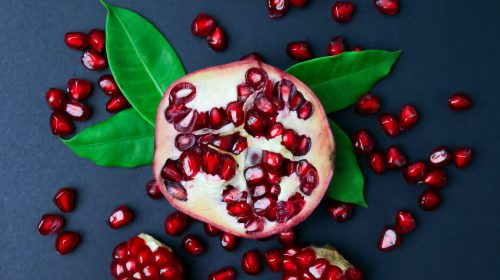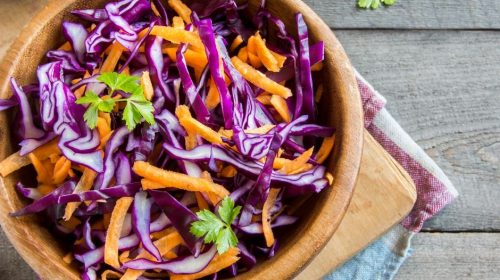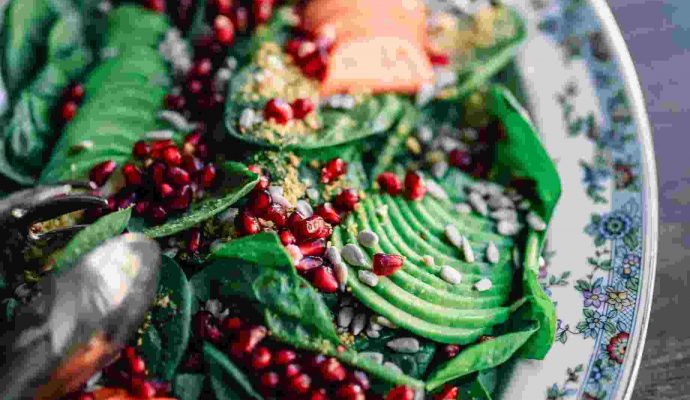Festive FOMO
You’re committed to healthy eating at Christmas, and you’ve just cooked a wonderful, indulgent Christmas lunch for everyone or been invited to your social bubble for Christmas lunch. The food beckons your way, but you’re watching your weight, mindful of those promises you made, so your deprived mouth can only water.
There’s a in-built fear that you’re never going to be able to have any of these delicious treats ever again. FOMO – shorthand for ‘fear of missing out’ – is the acute and often unjustified belief that everyone is having way more fun than you. And it reaches its annual high any day now. The Fear Of Missing Out (FOMO) activates your survival instinct to consume everything and anything. And so, you binge on everything in sight, and your healthy eating plans go out the window. And then….the self-recriminations start.
Here’s the thing you need to know about FOMO. We’re biologically and culturally programmed to over-value losses and under-value gains so it’s not your fault. As a result, we put more importance on the food we may be missing out on in the moment, and less on our long-term goals and wellbeing.
You have to ask yourself though what it is you’re actually missing out on. OK, maybe some sweet or high-carb treats, some booze filled evenings and such. But, these come at a high cost: blood sugar imbalances, mood and energy crashes, poor sleep, almost certain weight gain (if you consume in excess) – never mind the self-criticism for having over-indulged.
FOMO really is not your friend this month (or indeed any month) – especially if you want to maintain your weight over the holidays.
There’s another thing about this festive FOMO and it’s that you end up not taking responsibility for your actions around food and alcohol (You would have been able to resist, right, but it was the party season). You need to be in the driver seat over what goes into your mouth, not food or other people.
Fix Your FOMO Around Food
There are several things going on when it comes to food. Your fear of ‘missing out’ on that delicious desert is the first.
But also refusing food (though it should be a basic human right) is mired in emotional meaning both for you and for the host.
The answer is not to find more and more creative ways to say no. If you have to own up to eating healthily around this time or being gluten or dairy free, this seems to compound the original offence of not wanting to eat.
Please understand that it doesn’t mean anything if you don’t want to stuff yourself till you feel sick with roast potatoes and mince pies. It doesn’t mean anything about your relationship with food, or how you feel about the host. You just don’t want the mince pies!
Here is Your Action Plan
- HAVE A PLAN Before you go to bed each night. Plan out your food for the next day. This is never more important than at Christmas when parties, chocolates, cookies and “treats” are just about everywhere.
- DON’T TRY TO DIET JUST NOW Set a maintenance goal instead. This is much more realistic and it is achievable, even at this time of year. Yes, it is!
- It will also give you the freedom to enjoy yourself without feeling deprived, or that you’ve failed, which in turn means you’re more likely to rebel (and this is code for heading straight for the box of chocolates without a second glance).
- WATCH YOUR PORTION SIZES – especially when it comes to fast-release carbs like white potatoes, pastry, breaded items, cakes, biscuits and other sweet things.
- DON’T GO TO A PARTY HUNGRY If you do, you will be fighting a losing battle. Have a low GI snack before you go – just a little something that includes protein and slow release carbs (cottage cheese, yoghurt with a few nuts/seeds or unsweetened nut butter on an oatcake, for example).
- KEEP FAMILY TREATS OUT OF SIGHT so you’re not tempted to tuck in just because they’re there. Out of sight, out of mind!
Fix Your FOMO Around Alcohol
Often party-goers who are cautious about their alcohol consumption are viewed with suspicion.
If you want to have a few glasses of wine, have a few glasses of wine. But make that decision knowing what your social schedule over the entire Christmas period will be.
If you cut back on the amount you are drinking at social gatherings – even choosing not to drink at some events at all – you can feel the improvements almost immediately. On those nights that you don’t drink at all, you’ll sleep better, wake feeling more refreshed, you’ll have much more energy, and your mood will be better. The impact on your waistline will be positive, too – alcohol is a big contributor to belly fat and is brimming with unnecessary calories.
Here are a few suggestions for cutting down – if that’s what you choose to do.
- Decide how much you are going to drink (maximum) before you go out.
- Consider telling someone else who will be there (friend or partner, perhaps) to help keep you accountable.
- Don’t feel pressurised by others. It’s your life and you are the one who makes the decisions.
- Have an excuse ready when you want to give it a miss (remember ‘no, thanks, I’d rather have …’ is perfectly OK. )
So, how does the amount of socialising stack up against your health goals?
To be clear, you absolutely can honour all your social commitments but, in order not to find yourself tempted by the usual crash diet in January, hear this: it IS possible to go out, have fun, eat well and be ‘healthy’. You just choose it.
Embrace JOMO- the Joy Of Missing Out
JOMO, or the ‘Joy of Missing Out’, is the ultimate antidote to FOMO. JOMO is that contented, satisfying feeling when you know you’re right where you need to be. It’s about doing what you want to do rather than what social pressures or social media make you feel you should do.
Would you rather go to that Christmas Eve party or stay at home and watch a film? Would you enjoy catching up with an old friend more than schmoozing at the office event? Or… wait for it… would you rather not do either? Yes. It’s a real option!







 What makes spring and summer so beautiful for many people leads to misery for those who suffer from seasonal allergy symptoms. Freshly cut grass, blooming trees and flowers, and weeds release pollen, which can make life unbearable as you battle a runny nose, blocked nose, watery eyes, itchy eyes and uncontrollable sneezing attacks.
What makes spring and summer so beautiful for many people leads to misery for those who suffer from seasonal allergy symptoms. Freshly cut grass, blooming trees and flowers, and weeds release pollen, which can make life unbearable as you battle a runny nose, blocked nose, watery eyes, itchy eyes and uncontrollable sneezing attacks.
